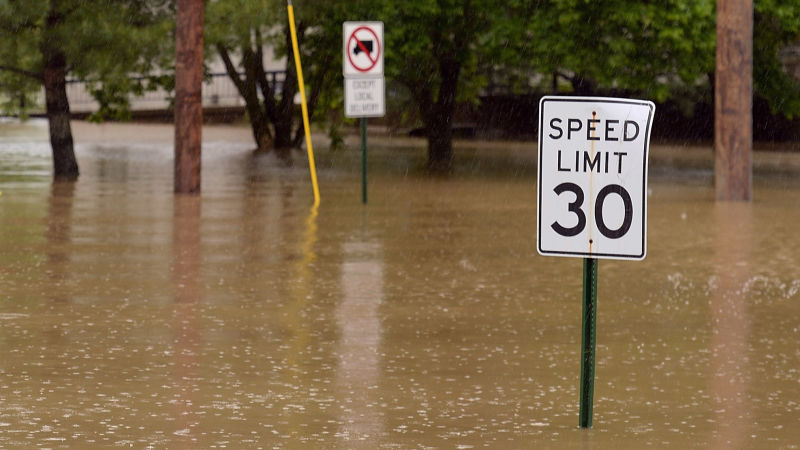If you have a pulse and have driven in a car, you understand our roadways suck. That’s also true in … Read more Read more
The Verge
Self-healing asphalt, being tested by a materials scientist at the Netherlands’ Delft University, Erik Schlangen, could be a potential solution. According to the story, it has:
small steel fibers mixed in, which makes the asphalt conductive. If you add heat by running a big induction machine — basically a huge magnet — over the asphalt, it’ll warm up the asphalt and steel fibers and then the small cracks close on their own. (Sunshine can create some of this effect, too, but it’s usually not enough.) So it’s not entirely self-healing, because you need the induction machine, but it’s still less trouble than closing a road off for days to do repairs.
This stuff is more expensive than what’s currently being used to make roads, but because it’s believed to last longer than normal roads, it’s also expected to save money in the long run.
For the crumbling concrete in our bridges, concrete industry members and researchers are looking to create a material that’s environmentally friendly and long-lasting. By lowering the amount of friction between a car tire and the concrete, the hope is that people will get better gas mileage after driving on the new material.
And then there’s strengthening. The Verge notes that we could use steel bars to fortify the structure when the concrete cracks, but steel corrodes after being exposed to the elements. So, Schlangen has a biological solution:
Right now, the most promising solution is adding a special bacteria to the concrete. The bacteria live inside the mixture, and produce calcium carbonate that helps fill in the cracks when they develop. “We know that these bacteria can live in nature for more than 200 years, so we developed technique to put those bacteria in the concrete and it’ll survive lifetime of concrete structure,” Schlangen adds. Plus, they don’t do anything to humans, so it’s safe.
Obviously, the bacteria concrete can’t be tested in a bridge yet—if it fails, it would be Very Bad. So far, though, Schlangen’s team has tested it on smaller structures.
Improving our infrastructure is one of the things that Republicans and Democrats are both pushing for. President Trump has prioritized a $1 trillion infrastructure investment over the next 10 years, though it’s unclear where that funding is coming from.
Part of the reason why our roads and bridges are in the sad state that they’re in is because most politicians would rather invest in a new structure than fix an old road. It’s the “fix the symptoms, not the cause” mentality that needs replacing. Simply sticking a Band-Aid over the problem doesn’t make it go away, it just makes things more livable for a short time and does no favors for anyone long term.
Hopefully, if these new materials work out, they will help alleviate some of the infrastructure woes in this country.














